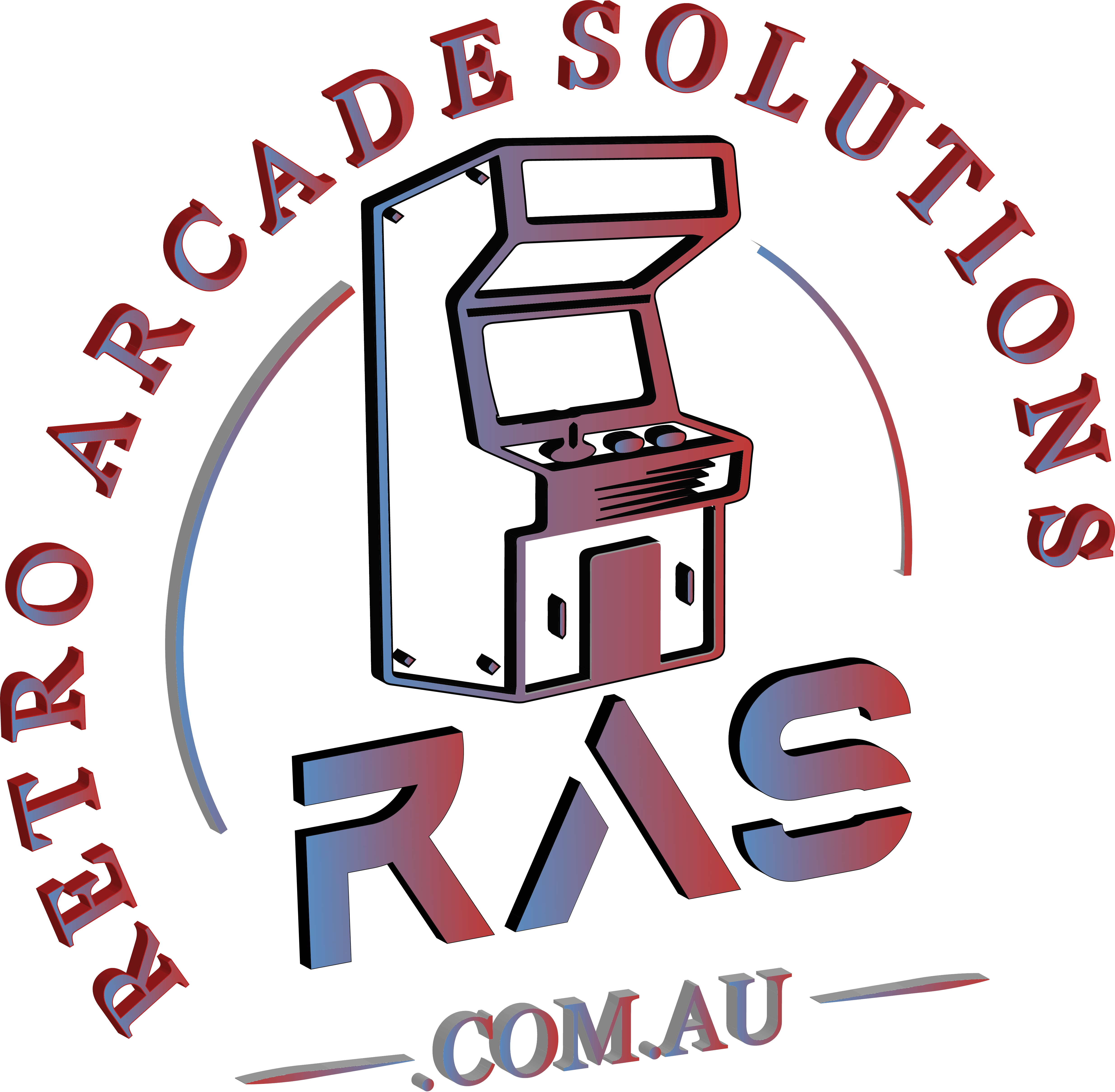Bambu H2D vs Prusa Core One: Reviewed

While we normally review machines independently, these new flagship models — the Prusa Core One and the Bambu H2D — are hard not to compare against each other.
Back in the good old days of Make:’s 3D printer testing, we put machines through a series of tests to quantify how well they worked. So I ran all the old test models with the H2D and the Core One to see how they would turn out. Let’s just get this out of the way, we are in a whole new level of 3D printing compared to the machines we used to test. Both machines completed all the tests almost flawlessly. These machines complete such stunningly good prints that we almost need to judge them on aspects other than their print quality.
Bambu H2D

Manufacturer: Bambu
Price as tested: $1,999 H2D, $2,899 H2D Laser Full Combo
Link: store.bambulab.com/products/h2d
Bambu has been stirring up the 3D printing world over the past few years, with not only incredibly well-performing machines, but also models like the A1 Mini that can produce excellent results without breaking the bank. This has really garnered quite the reputation for them, and glancing around the internet you can easily see their impact. With the H2D, Bambu took some hefty risks, but it’s a gamble that really paid off.
The H2D is Bambu’s largest printer to date with a build volume of 350×320×325mm for the single extruder and 300×320×325mm for the dual extruder. If you are thinking about picking up the H2D, be prepared for the amount of space it will take up (and how much it weighs to get it onto your desk). The H2D is also fully enclosed, so big prints have a better chance of succeeding.
The dual extrusion system is great when paired with one or more of the AMS filament-swapping systems. With some clever processing in Bambu’s slicer, the machine can make multicolor models with fewer material-wasting filament swaps, although setting it up can be confusing at first.

Besides being able to make big beautiful multi-color prints, the H2D has a few other tricks up its sleeve. The upper-end model allows both a laser module (blue diode at 10 or 40 watts) or a drag knife to be easily added. These tools are new to Bambu and while they are easy to use on the H2D, I really hope that Bambu will consider building dedicated laser and drag knife based machines that will serve those purposes more easily. Also since Bambu is now handling laser control in their software, perhaps we will see it come to other lasers in the near future.
I love being able to monitor my prints on the built-in camera inside the H2D, which is lit very well by LEDs inside the case. Other built-in cameras work with the system’s software to try to detect errors in your prints. The onboard spaghetti detection saved me a few times when my prints were not properly placed on the bed. Of course those that were placed properly came out incredibly well, with some of the best prints I’ve ever produced on any machine.

The build quality is outstanding and this is where they truly take Prusa and all their other competitors to task. The H2D’s case isn’t covered in plastic panels, but has glass that gives the door weight and rigidity. The corners don’t come to sharp edges but sweeps of aluminum, giving it the feel of an Apple product. The machine is fully enclosed but for materials like PLA that need to be vented, louvers automatically open to let the heat out. If you are printing in materials that need a heated chamber, the H2D doesn’t just rely on the bed but also uses an active chamber heater. Bambu dropped the H2D into the market like someone pulling a Lamborghini up to Henry Ford’s Model T factory.
Still, I find the touchscreen UI cramped and overly complicated, needing to click through too many boxes to do things like setup all the filaments in the AMS. The H2D is also very loud, especially next to the Core One. Also, Bambu continues to catch heat about their data security practices; I wouldn’t use it for sensitive projects like company prototypes or government work.
Oh and this might be nit-picky, but for the price they should’ve included a USB flash drive.
When Bambu first entered the market with the X1C, they targeted those who cared about quality over price. The A1 and the A1 Mini created low-end price points for consumers who weren’t ready to spend a grand on a printer. With the H2D, Bambu is really showing what they can do if you can spend the money. It won’t be in everyone’s budget, but those who are willing to cough up the cash have a great experience ahead of them.
Prusa Core One

Manufacturer: Prusa
Price as tested: $949 kit, $1,199 assembled
Link: prusa3d.com/product/prusa-core-one
Let me start by saying, if you are a Prusa fan and don’t already have a Core One, stop reading this review and go order one. It’s a departure from Big Orange’s traditional way of doing things but really feels like it’s headed in the right direction. For those of you that might not be fans of Prusa, the Core One might not be the machine though to lure you to the orange side quite yet.
It feels like Prusa stuck their MK4, XL, and enclosure design teams all in a room to design the Core One. It takes the CoreXY motion system from the XL; the screen, Nextruder, and heated bed from the MK4; and wraps the whole thing up in a bent sheet metal and acrylic enclosure like the upgraded MK4S, with a sizable 250×220×270mm print volume.
I love the out of the box experience that the Nextruder (their fancy name for their extruder), with its built in load cell sensor, gives the XL, MK4, and now Core One. It’s able to not only level but also set nozzle offsets on its own making perfect first layers without a user needing to know how to adjust these settings manually. Thanks to this, all of my prints on the Core One have been incredible and effortless. I’ve used every FFF machine Prusa has produced, and this makes the best prints of any of them.

While not exclusive to the Core One, Prusa has also released Easy Print for Printables, streamlining the print workflow. Clicking files at printables.com slices them in the cloud and sends them directly to your printer without opening another piece of software. For those who want to fiddle with settings to get the optimal print, this isn’t exciting. For the majority of us though, this is a great new feature that makes these machines even easier to use.
What really makes the Core One stand out from the rest of the Prusa pack is the case. Prusa has always produced open air machines and only just a couple of years ago even started offering an optional accessory of an enclosure, which added a ton of bulk to their machines. The Core One though integrates this enclosure with its frame making a cohesive machine. I love that the team thought about how to integrate a spool holder into the design in a way that doesn’t feel like an afterthought (something Prusa has always had an issue with). The sides of the enclosure tuck in allowing a spool to be placed flush with the rest of the case on the right hand side. The left hand side mimics this concave shape balancing out the machine but also filling up some of the volume in the enclosure, so less air needs to be heated.

While the enclosure sets the Core One aside from Prusa’s other printers, it doesn’t live in a vacuum of only Prusa machines. I’ve said forever that I don’t need a gold plated hammer, meaning I need my tools to work well and not necessarily look pretty. The Core One actually looks nice, until you get up close. The enclosure is bent sheet metal and acrylic panels. This is fine and works well but the nature of making the frame from stamped sheet metal means there are tiny holes in the corners and at seams. The acrylic panels are held in place with little plastic pop rivets that look more like a fix than a solution. The acrylic itself is thin and wobbly, making the door feel cheap when it’s opened and closed and making you hesitant to put anything too heavy on the top. The vent louvers on the top are again just a thin sheet of acrylic held together with plastic rivets that you manually need to open and close but don’t even have a handle to help facilitate that.
The Core One is a great machine but in a land where the H2D exists, the Prusa team really needs to hire some high end industrial designers and look at what their next machine is going to look like and how they can gear up now to ensure they can manufacture in a way to have the polish that is needed.
Again, the Core One is an excellent printer. If you run Prusa Slicer (which I still prefer over any other slicer on the market) and are already in the Prusa ecosystem, the Core One is a no-brainer. If Prusa sold their bamboo-sided prototype from last year’s Formnext event, they could have a real hit on their hands.
Conclusion
I’ve had both of these machines set up side by side for months now. I’ve put tons of plastic through each of them, trying various materials, and both of them have taken everything I’ve thrown at them with ease. I’ve flip flopped back and forth between which machine I prefer and just can’t fully decide.
I love the fit and finish of the H2D, and the additional functionality of the laser is cool (although if I was buying, I would get the non-laser version and a dedicated laser separately) but the comfort I have with Prusa Slicer and the way they set up their UI after a decade of working with their machines makes the Core One feel easy and comfortable (along with feeling my privacy is more intact).
Neither of these companies can act like the other doesn’t exist, and the next few years will be a battle to see who can produce the machines with the best features (and hopefully design) to see who is going to stay on top. It’ll be stressful for them — but the rest of us are going to see some great machines.
This article appeared in Make: Vol 94.



Leave a Reply